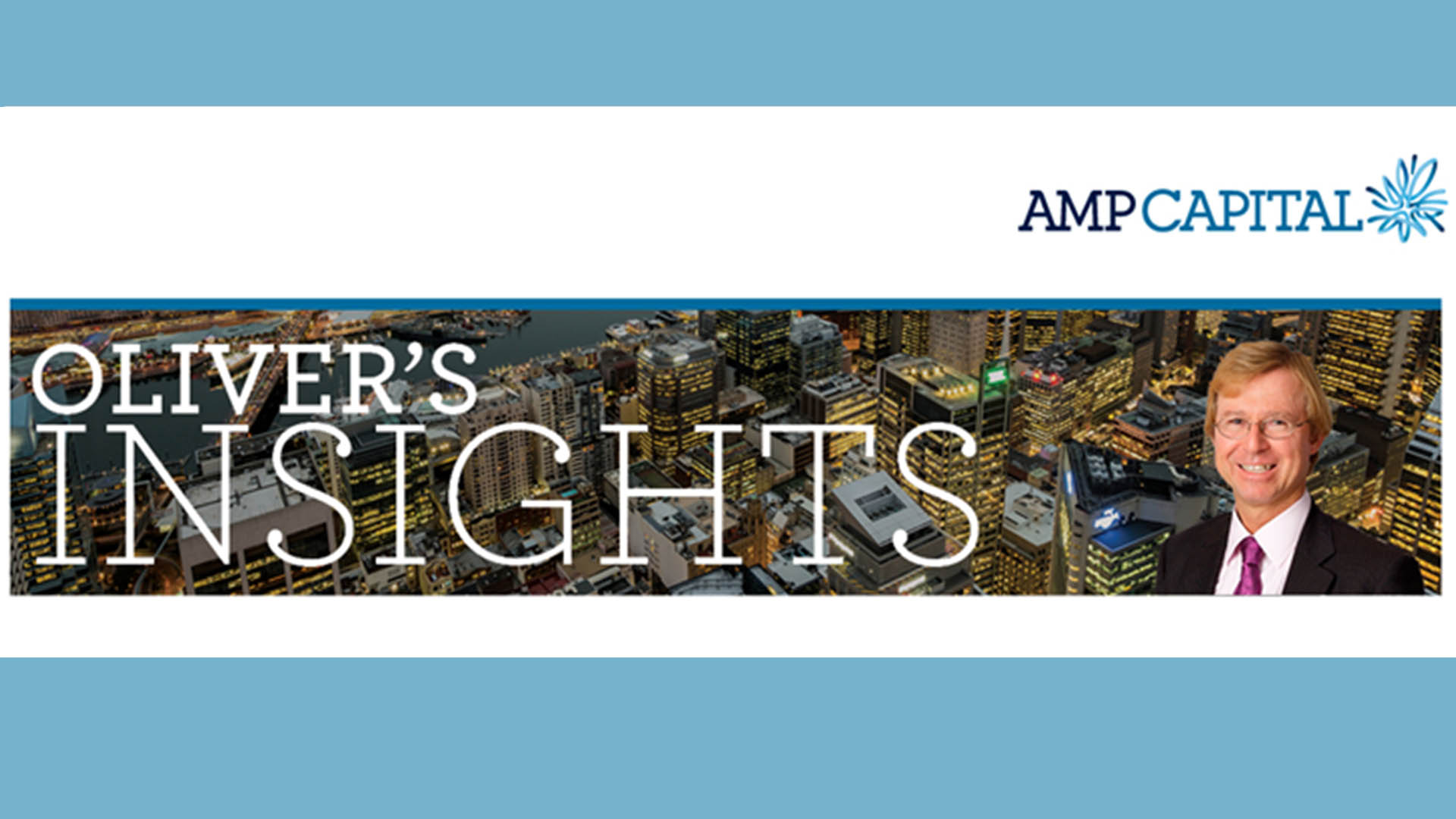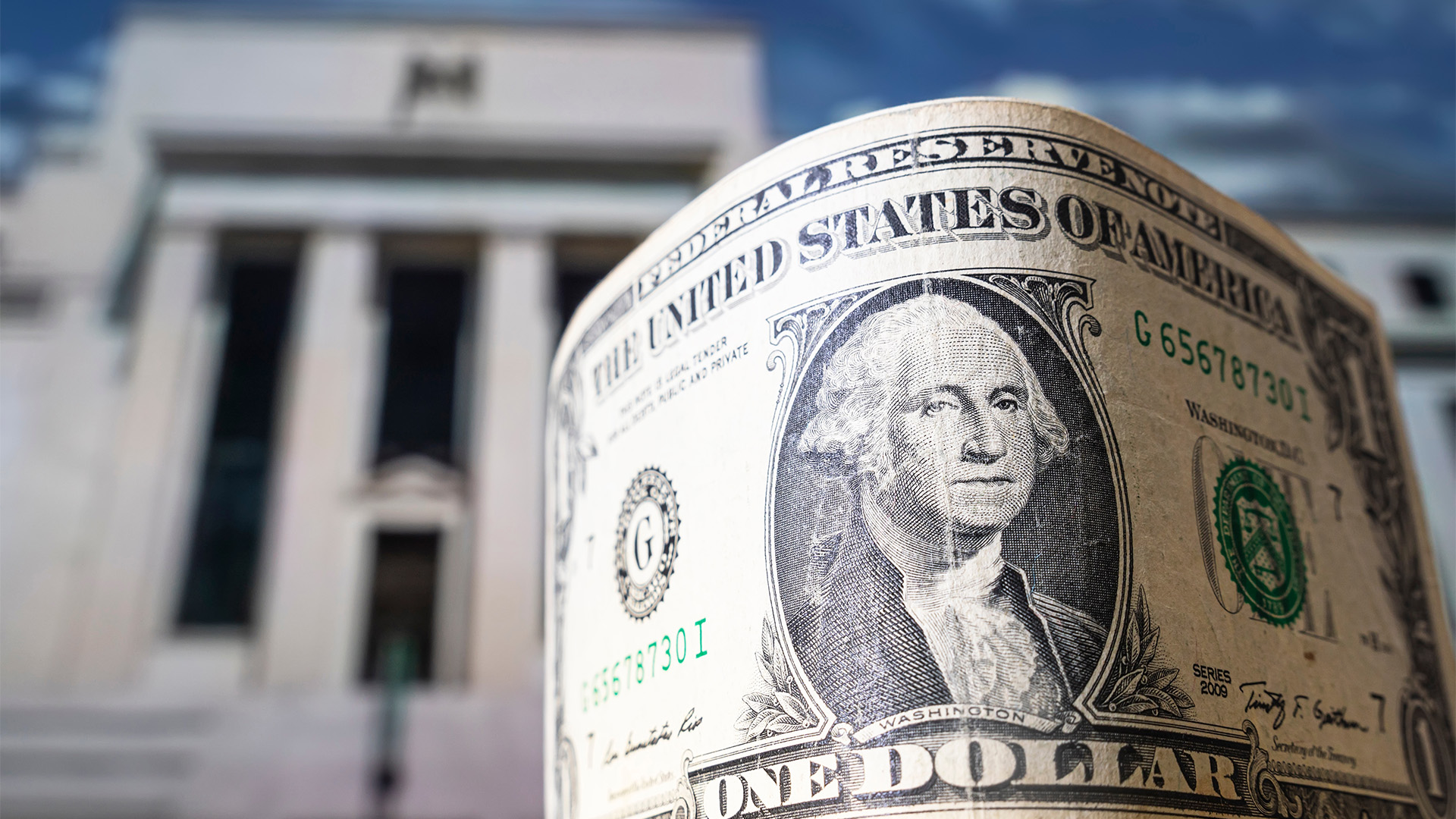Blame Wall Street and its fantasists for Wednesday’s big slide in late trading after the market realised it had been believed its own rubbish about how the US Federal Reserve’s interest rate policy would be changing from this meeting onwards.
It would be fair to say that Wall Street got caught by its own story-making about what the Fed was going to do after lifting rates at this week’s meeting.
The curious path of Wall Street share prices and bond yields suggest that many normally sober people started believing the ‘pivot’ fairytale which went – one big rise of 0.75%, which they got from the Fed on Wednesday, and then a pivot (or ‘step down’) to lower rate rises or, in the case of the really gullible, no rate rises for a while.
Instead they got a Fed chair in the shape of Jay Powell who made it clear – as he has promised all year – that there would be more rate rises – perhaps not as large – but more increases to bring inflation under control.
So the Fed seemingly offered a hint of a ‘pivot’ to lower rates in its post meeting statement and Wall Street took it and had a nice little run in Wednesday’s afternoon session, only to be struck by reality.
The Fed chair told a post-meeting media conference “We still have some ways to go and incoming data since our last meeting suggests that the ultimate level of interest rates will be higher than previously expected,” he said. That wasn’t in the script nicely confected by Wall Street analysts and economists.
So down went all measures – with the tech heavy Nasdaq leading the way. At one stage, the yield on the US 10-year Treasury bond dipped under 4% for the first time in a while to 3.978% but returned back above the 4% level as optimism faded.
The 10-year yield was up to 4.09%, while the 2-year rate rose 5.8 basis points to 4.6%.
The Fed’s Open Market Committee voted unanimously to increase the federal funds rate to a new target range of 3.75% to 4% – the highest the rate has been since 2008.
The fourth successive rate rise comes as the US central bank tries to stamp out price pressures in an economy that is proving more resilient than expected in the face of its monetary tightening campaign – as theSeptember job vacancies data showed on Tuesday with a surprise rise of more than 400,000 new open positions to 10.7 million.
The Dow was down more than 1.5%, or 505 points, the S&P 500 lost 2.5% to, while the Nasdaq Composite was 3.36% lower. All sectors were in the red, led by consumer discretionary, technology and communication services.
This quote from the post meeting statement hinted at a pivot to a slower, lower rate path: “In determining the pace of future increases in the target range, the committee will take into account the cumulative tightening of monetary policy, the lags with which monetary policy affects economic activity and inflation, and economic and financial developments.”
“The Committee anticipates that ongoing increases in the target range will be appropriate in order to attain a stance of monetary policy that is sufficiently restrictive to return inflation to 2 percent over time.”
All that suggested to the credulous that the Fed was moving to a ’step-down policy of a big rise this week and then a series of smaller rises. It may still do that but Powell made it clear it was not as cut and dried as the fantasists on Wall Street had called it.
And while Powell upset the thinking by dismissing the idea that the Fed may be pausing soon, he did say he expects a discussion at the next meeting or two about slowing the pace of tightening.
But he then tantalised markets by reiterating that there may come a time to slow the pace of rate increases – but now. That was too vague for investors and down went shares – sharply in the final hour of trading.
And finally, the fairytale spinners got their Fed timing meeting wrong. The time when to ask about policy switches is the four quarterly meetings when new economic forecasts and the now legendary ‘dot plot’ which shows the thinking of the 17 markets committee members about the future direction of interest rates. That gives Powell and the Committee cover to discuss a possible policy switch, or a hardening, or no change.
So December’s meeting is when the fairytale can be trotted out again, with some legitimacy being at the end of a year of monetary policy tightening.













